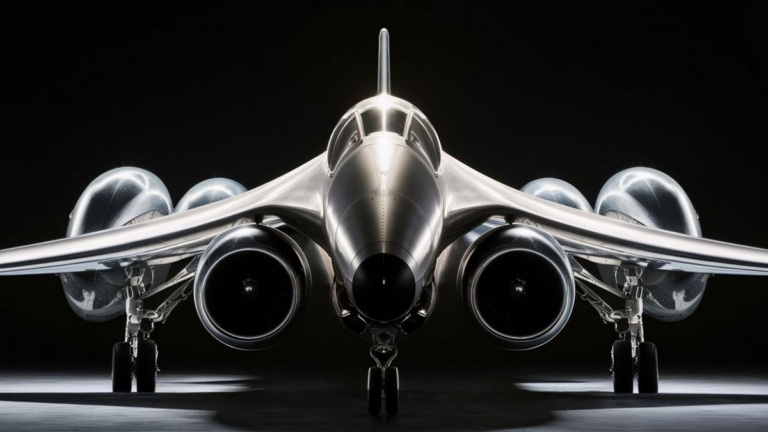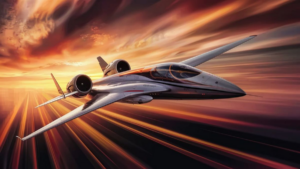When it comes to pushing the boundaries of speed and engineering prowess, humanity has consistently reached for the skies. The quest for faster aircraft has been a driving force behind technological advancements in aviation, leading to the development of some truly remarkable flying machines.
The Need for Speed
From military reconnaissance to commercial travel, the demand for faster aircraft has been driven by various factors including security, efficiency, and competition. Faster aircraft can cover greater distances in shorter time frames, enabling rapid deployment of troops, faster delivery of goods, and reduced travel times for passengers.
Breaking the Sound Barrier
One of the most iconic milestones in aviation history was the breaking of the sound barrier. This occurred on October 14, 1947, when test pilot Chuck Yeager flew the Bell X-1 rocket-powered aircraft faster than the speed of sound, reaching a top speed of Mach 1.06 (approximately 807 miles per hour or 1,300 kilometers per hour) at an altitude of 45,000 feet.
Supersonic Aircraft
Following the success of the Bell X-1, numerous supersonic aircraft have been developed, each pushing the limits of speed and performance. One notable example is the Lockheed SR-71 Blackbird, a reconnaissance aircraft capable of cruising at speeds exceeding Mach 3 (approximately 2,300 miles per hour or 3,700 kilometers per hour).
The need for speed also spurred the development of the Concorde, a supersonic passenger airliner that operated from 1976 to 2003. The Concorde could travel at speeds up to Mach 2.04 (approximately 1,354 miles per hour or 2,180 kilometers per hour), significantly reducing travel times between continents.
Modern Marvels
Advancements in aerospace technology continue to push the boundaries of speed and performance. The Lockheed Martin SR-72, currently in development, is rumored to have the capability to reach speeds exceeding Mach 6 (approximately 4,567 miles per hour or 7,350 kilometers per hour), making it one of the fastest aircraft ever conceived.
Additionally, experimental aircraft such as the Boeing X-51 Waverider and the hypersonic Spaceplane XS-1 demonstrate the ongoing pursuit of hypersonic flight, with theoretical top speeds reaching Mach 20 and beyond.
The quest for faster aircraft is a testament to humanity’s relentless pursuit of innovation and progress. From breaking the sound barrier to exploring the possibilities of hypersonic flight, each advancement brings us closer to the next frontier of aviation technology.
The Evolution of Speed
As technology progresses, the quest for faster aircraft continues to evolve, driven by a myriad of factors including military strategy, economic competitiveness, and environmental concerns. Innovations in materials, propulsion systems, and aerodynamics contribute to the development of aircraft capable of achieving unprecedented speeds.
Hypersonic Flight Challenges
While the pursuit of hypersonic flight offers tantalizing possibilities for rapid global travel and enhanced military capabilities, it also presents significant challenges. Overcoming issues such as aerodynamic heating, structural integrity, and propulsion efficiency remains paramount in realizing the full potential of hypersonic aircraft.
The Future of Commercial Supersonic Travel
With advancements in technology and a growing demand for faster travel, there is renewed interest in commercial supersonic flight. Companies like Boom Supersonic are developing next-generation supersonic passenger jets, aiming to revolutionize air travel with reduced flight times and increased efficiency.
| Supersonic Aircraft | Top Speed (Mach) | Speed (mph) | Speed (km/h) |
|---|---|---|---|
| Lockheed SR-71 Blackbird | 3.3 | 2,200 | 3,540 |
| Concorde | 2.04 | 1,354 | 2,180 |
| Lockheed Martin SR-72 (rumored) | 6 | 4,567 | 7,350 |
Frequently Asked Questions
- What factors drive the development of faster aircraft?
- How do advancements in aerospace technology contribute to faster flight?
- What are the challenges associated with hypersonic flight?
- Is commercial supersonic travel feasible in the near future?
See also:






